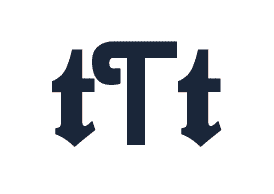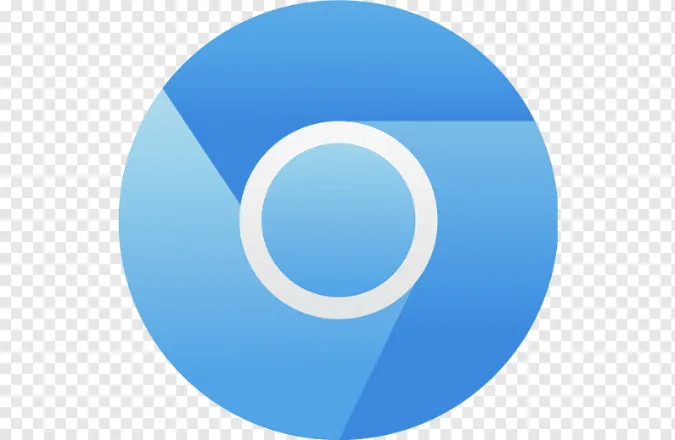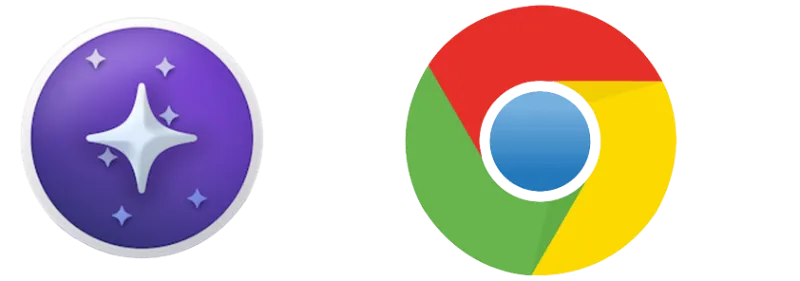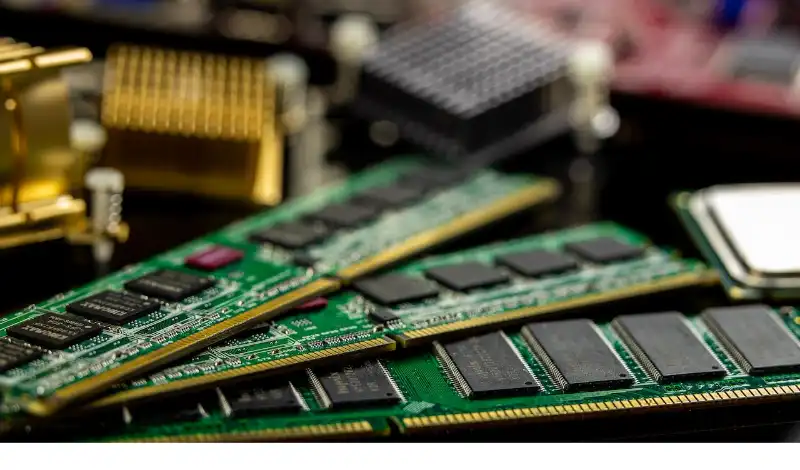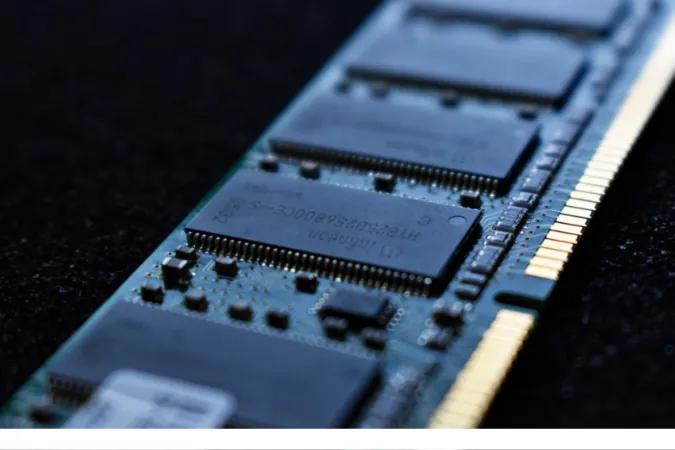Have you ever wondered, “Why is macOS so similar to Linux?” or “Is macOS related to Linux?”
Well, you’re not alone. These two operating systems, despite having their differences, share a surprising number of similarities.
Today, we’re going to explore 9 major similarities between macOS and Linux, diving into their unique features and what makes them stand out in the world of operating systems.
What Are The Similarities Between MacOS vs. Linux
Here are the nine (9) common features they both have;
Similarity #1: UNIX-based Origins
In a nutshell, the UNIX-based origins of both macOS and Linux have led to a shared foundation and similarities in design principles, making them more alike than you might have initially thought.
Here’s where it all started: both macOS and Linux have their roots in the UNIX operating system, which was developed in the late 1960s and early 1970s at Bell Labs.
UNIX provided the foundation for many modern operating systems, and its design principles and philosophies have stood the test of time.
macOS, originally known as Mac OS X, was built on top of the UNIX-based NeXTSTEP, which was developed by NeXT, the company founded by Steve Jobs after he left Apple.
When Apple acquired NeXT in 1997, they used NeXTSTEP to create the macOS we know and love today.
On the other hand, Linux was created by Linus Torvalds in 1991 as a free and open-source alternative to UNIX.
While it isn’t a direct descendant of UNIX like macOS, Linux was heavily inspired by UNIX’s design and shares many of its concepts, like the hierarchical file system and process management.
Similarity #2: Powerful Command-Line Interfaces
Both macOS and Linux users enjoy the power and flexibility of their command-line interfaces, which provide advanced functionality and control that can’t be matched by graphical user interfaces alone.
Another striking similarity between macOS and Linux is their powerful command-line interfaces (CLIs).
Both operating systems provide users with a robust, flexible, and efficient way to interact with their computers through text-based commands.
macOS features the Terminal, an application that gives you access to the Unix shell, which is the default command-line interface for macOS.
With the Terminal, you can perform a wide range of tasks, such as file management, software installation, and system troubleshooting.
On the other hand, Linux offers various command-line interfaces known as “shells.” The most popular Linux shells include Bash (Bourne Again Shell), Zsh, and Fish.
These shells allow you to interact with your Linux system, automate tasks using scripts, and even customize your command-line experience.
Similarity #3: Robust File Systems
While macOS and Linux utilize different file systems, their focus on providing reliable, high-performance, and secure storage solutions for users is a common thread that ties them together.
File systems are essential for any operating system, as they define how data is stored, organized, and accessed on a computer.
Both macOS and Linux boast robust and advanced file systems that offer numerous benefits, such as data integrity, performance, and scalability.
macOS primarily uses the Apple File System (APFS), which was introduced in 2017. APFS is designed to provide enhanced performance, security, and reliability for Apple devices.
It supports features like encryption, space sharing, and cloning, which help make the most of your storage and safeguard your data.
In contrast, Linux offers various file systems to choose from, such as Ext4, XFS, and Btrfs. Ext4 is the most popular and widely-used Linux file system, known for its robustness, reliability, and backward compatibility.
More advanced file systems like Btrfs offer features like snapshots, data deduplication, and built-in RAID support, catering to the needs of different users and use cases.
Similarity #4: Open Source Software Support
The strong support for open-source software in both macOS and Linux gives users more freedom and flexibility and fosters a sense of community and collaboration that encourages innovation and continuous improvement.
Open source software has been gaining traction in recent years, and both macOS and Linux users can benefit from the extensive selection of open-source applications and tools available to them.
Open source software allows users to freely access, modify, and distribute the source code, fostering collaboration and innovation.
Many popular open-source applications, such as LibreOffice, GIMP, and VLC Media Player, are available on both macOS and Linux, providing powerful alternatives to proprietary software.
Additionally, both operating systems support package managers like Homebrew for macOS and apt or yum for Linux, making installing and managing open-source software easy.
Developers and power users can also take advantage of a wide range of open-source tools and libraries for programming, automation, and system administration.
Examples include Git, Python, Node.js, and Docker, which are widely used across macOS and Linux platforms.
Similarity #5: Comprehensive Developer Tools
Whether you’re a macOS developer focused on creating apps for the Apple ecosystem or a Linux developer working on open-source projects, both operating systems provide a rich and versatile development environment that caters to your needs.
Last but not least, macOS and Linux offer a wide array of comprehensive developer tools, making them popular among developers, programmers, and IT professionals.
These tools help streamline development, enabling users to create and deploy high-quality software more efficiently.
macOS comes with Xcode, Apple’s powerful and feature-rich integrated development environment (IDE) for creating macOS, iOS, iPadOS, and more applications.
Developers can also take advantage of additional tools like the LLDB debugger, Instruments for performance analysis, and the macOS SDK for leveraging native macOS features.
Linux offers a vast selection of development tools and environments, such as the widely-used GCC (GNU Compiler Collection) for compiling code, GDB (GNU Debugger) for debugging, and numerous IDEs like Eclipse, Visual Studio Code, and JetBrains’ IntelliJ IDEA.
Linux also provides extensive support for popular programming languages like Python, Ruby, and Java.
Similarity #6: Vibrant User Communities
One of the greatest strengths of both macOS and Linux is their vibrant and active user communities.
macOS users can turn to forums like MacRumors and Apple’s own support communities for help, advice, and troubleshooting.
Additionally, many websites and blogs dedicated to macOS offer tutorials, app reviews, and tips to help you get the most out of your Apple device.
Linux has a diverse and passionate community spanning various distributions, like Ubuntu, Fedora, and Arch Linux.
These communities offer forums, mailing lists, and chat rooms where users can ask questions, share knowledge, and collaborate on projects.
The strong user communities surrounding macOS and Linux provide invaluable support and resources and contribute to the ongoing development and improvement of these operating systems.
Similarity #7: High Level of Customizability
A key aspect that draws users to macOS and Linux is their high level of customizability.
Both operating systems allow users to tailor their computing experience to their preferences, making creating a personalized and efficient workspace easier.
macOS offers numerous built-in customization options, such as modifying the appearance of the dock, adjusting system settings, and choosing from a variety of desktop backgrounds.
Additionally, macOS supports third-party applications like Alfred and BetterTouchTool, which let users create custom shortcuts, workflows, and gestures to boost productivity and enhance the user experience.
Linux takes customization to a whole new level with its wide array of desktop environments, window managers, and themes.
You can choose from popular desktop environments like GNOME, KDE Plasma, and Xfce, each offering a unique look and feel.
If you want to go further, you can dive into window managers like i3 or Openbox and create a customized desktop experience.
Whether you’re a macOS user who appreciates the polish and simplicity of Apple’s design or a Linux enthusiast who loves to tweak every aspect of your desktop, both operating systems provide the flexibility and control you need to make your computer truly your own.
Conclusion
There you have it! These nine similarities between macOS and Linux show that, despite their differences, these two operating systems share a surprising amount in common.
From their UNIX-based origins and powerful command-line interfaces to their strong security features and vibrant user communities, macOS and Linux have a lot to offer their users.
So, whether you’re a dedicated macOS user, a Linux enthusiast, or just exploring the world of operating systems, you can appreciate the unique qualities and shared features that make both macOS and Linux such exceptional platforms.
